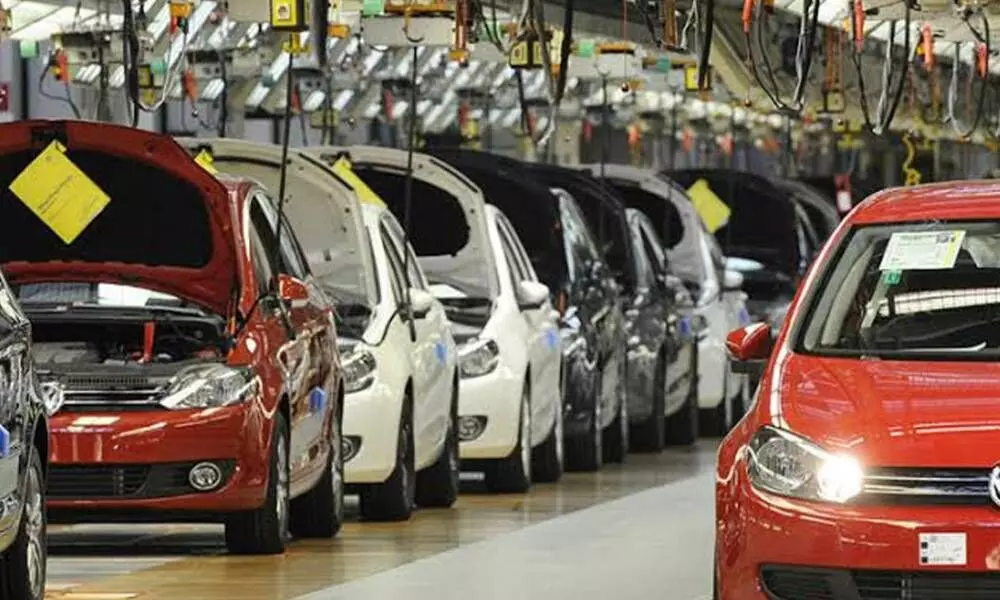Auto retail sales down 9.21% in Feb: FADA
2-wheeler segment showing no sign of recovery
image for illustrative purpose

Hyderabad Automobile Retail Industry body, the Federation of Automobile Dealers Associations (FADA), on Friday stated that total vehicle retail for the month of February was down 9.21 per cent YoY. It was down 20.65 per cent when compared to February 2020. On a year-on-year basis, three-wheelers and commercial vehicle retail were up by 16.64 per cent and 7.41 per cent, while two-wheeler, passenger vehicle and tractor retail fell by 10.67 per cent, 7.84 per cent and 18.87 per cent respectively.
Hero Motocorp topped 2-wheeler segment with 31.64 per cent market share and Bajaj Auto topped 3-wheeler segment with 34.14 per cent. 2-wheeler category continuous to face the brunt of rural distress and high cost of ownership
While demand for PV continues to remain strong, the segment is still facing the heat of semi-conductor shortage thus impacting supplies. The ongoing Russia – Ukraine war brings new set of challenges for Indian auto retail as raw materials for semiconductor will disrupt supplies where Russia is largest producers of Palladium and Ukraine being biggest producers of Neon Gas which is used in the manufacturing of semiconductors. Crude breaching $110 mark will act as a hindrance on customer sentiment, where government likely to shoot fuel prices turning a major obstacle to 2- wheeler segment.
Vinkesh Gulati, president, FADA, said, "Indian Auto Industry during February continues to remain in red as total retails were down by 9.21 per cent YoY and 20.65 per cent when compared to February 2020, a regular pre-Covid month."
According to him, the 2-wheeler segment is showing no sign of recovery as Bharat continues to play spoil-sport. With cost of acquisition continuously going north, inquiry level remained weak. As corporate and educational institutions continued operating from home, urban demand also took a hit.
"Even though the PV segment saw some launches and slight respite in supply due to better production, it was not enough to meet customer demand. Vehicle waiting period thus remains similar to what it was in last few months. While commercial vehicles are not at similar levels when compared to pre-Covid months, slight recovery on yearly basis was visible majorly due to low base effect. This coupled with increase in government's infrastructure spending saw continued traction in HCV and Tipper segments. Fleet operators who were earlier being missed have slowly started purchasing vehicles, he added."

